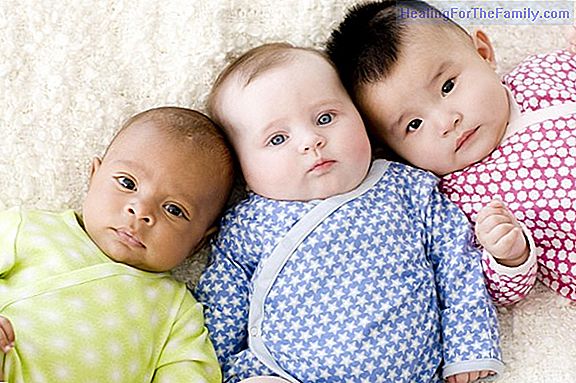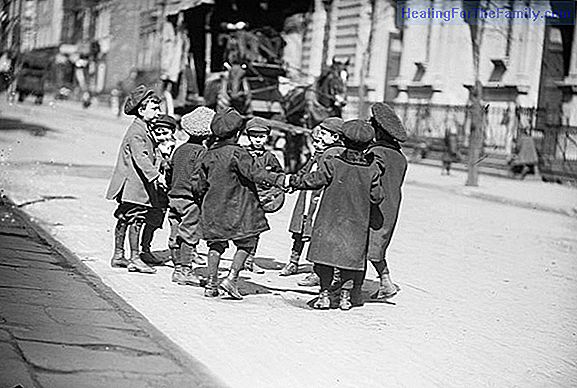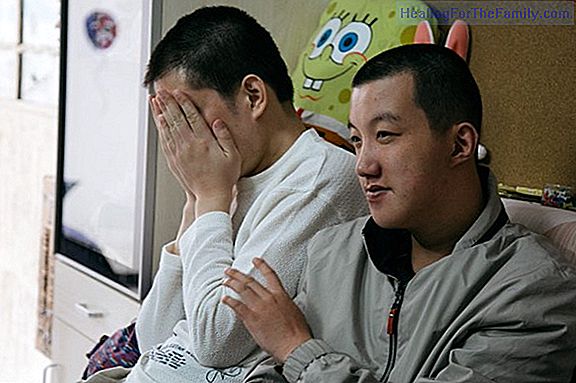Coordination Development Disorder in Children
When the acquisition and execution of coordinated motor skills, the learning opportunity and the use of a child's skills are below what is expected for their chronological age, we may be talking about Child Development Coordination Disorder (TDC) formerly known as "clumsy child syndrome". That is, c
When the acquisition and execution of coordinated motor skills, the learning opportunity and the use of a child's skills are below what is expected for their chronological age, we may be talking about Child Development Coordination Disorder (TDC) formerly known as "clumsy child syndrome".
That is, children with BDD have problems with motor coordination compared to other children of the same age.
What is the Coordination Development Disorder in children

The TDC is mainly characterized by motor difficulties that affect performance in daily and school activities; Therefore, an early diagnosis is necessary to initiate an early intervention.
It is estimated that approximately 6% of children of school age have a Coordination Development Disorder. In any case, not all children have the same characteristics and degree of affectation. And, even less, when the TDC is accompanied by other problems. It is an interesting fact to know, according to numerous studies, that 50% of children with Attention Deficit Hyperactivity Disorder (ADHD) present a BDD comorbidly.
The first manifestations of this disorder begin in the first phase of the development process. The main symptoms of BDD are:
- Developmental delays in sitting, crawling and walking.
- Problems sucking and swallowing during the first year of life.
- Clumsiness (for example, dropping, tripping on one's feet, hitting objects or people).
- Slowness and inaccuracy in the realization of motor skills (eg, pick up an object, use scissors or cutlery, write by hand, tie cordons, ride a bicycle or participate in sports).
- Problems with gross motor coordination (for example, jumping, jumping, standing on one leg).
Consequences of suffering from TDC in childhood
The TDC has implicit consequences for the child who suffers:
- Learning problems.
- Low self-esteem as a result of low skill in sports and teasing by the peer group.
- Blows and injuries continuously.
- Weight gain as a result of not wishing to participate in physical activities, such as sports or any game in which motor coordination is necessary.
Treatment of Coordination Development in children
Enhancing physical education and perceptual motor training (combining movement with tasks that require thinking like math or reading) are the best ways to treat TDC. Using the computer to take notes is a useful strategy that can help children who have difficulty writing.
Children with Coordination Development Disorder are more likely to be overweight than other children of their age because they avoid sports or physical activities that require agility at the motor level. It is necessary to favor a healthy lifestyle in these children. Therefore, to prevent overweight or obesity is important empower the child to perform some type of physical activity with which you feel comfortable and have fun.
Finally, it is important that we reinforce the child in everything he does well and avoid pointing or reproving him when he makes mistakes or does not perform the tasks correctly. Not putting pressure on him and giving him more time to do homework can help kids with TDC a lot. On the other hand, it is highly recommended that people around the child favor their autonomy and help the child learn and internalize the message "I am able" to strengthen their self-esteem and make them an independent child.












